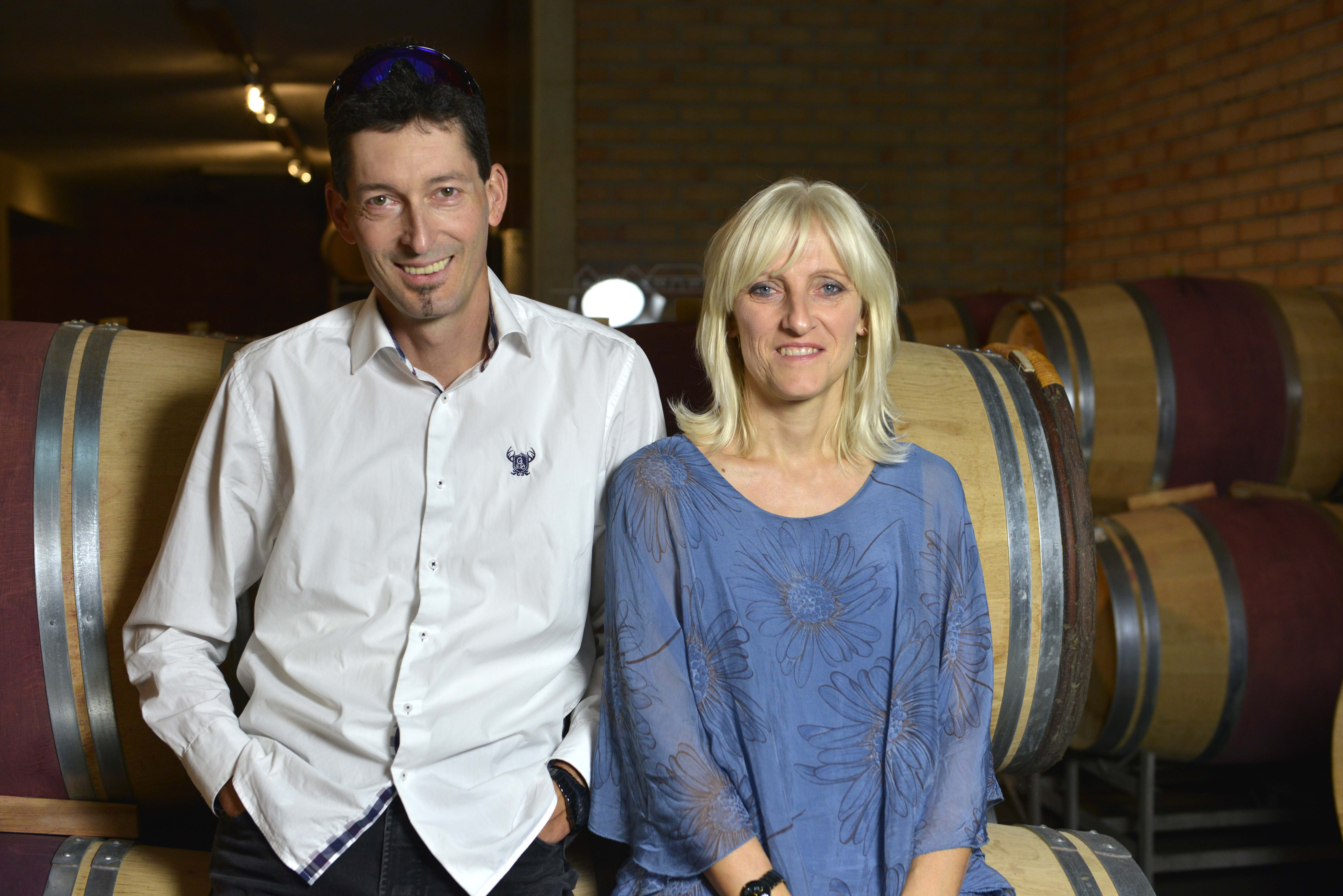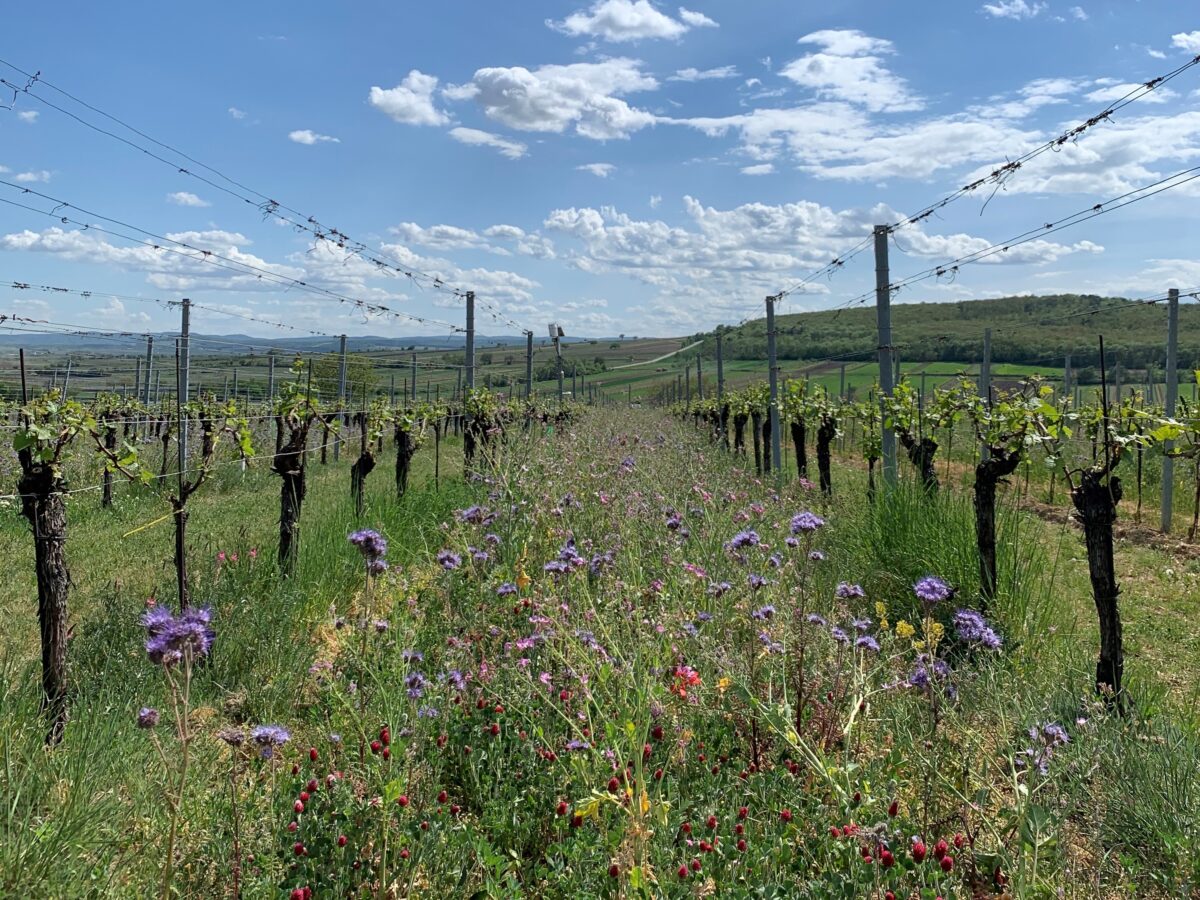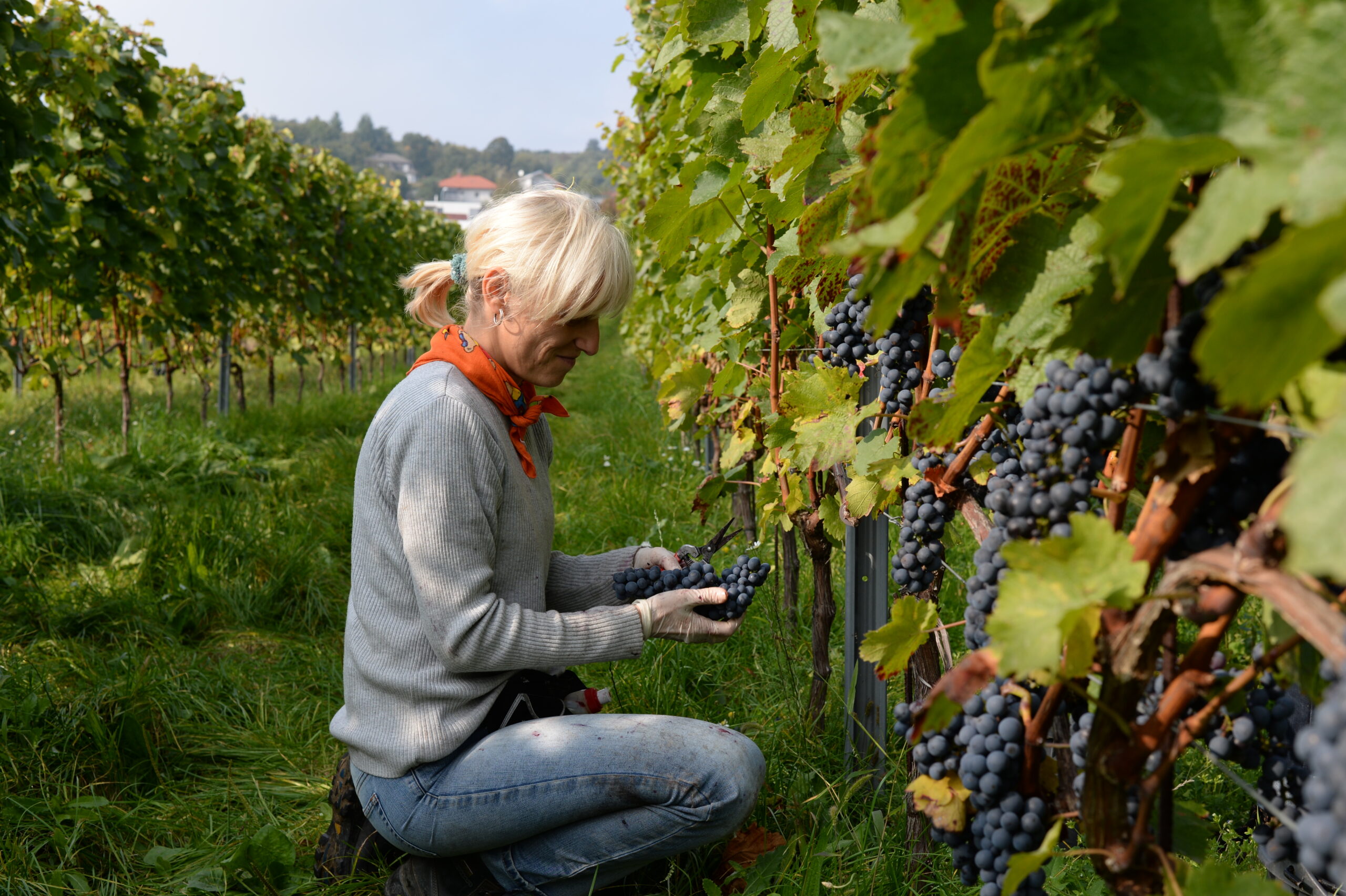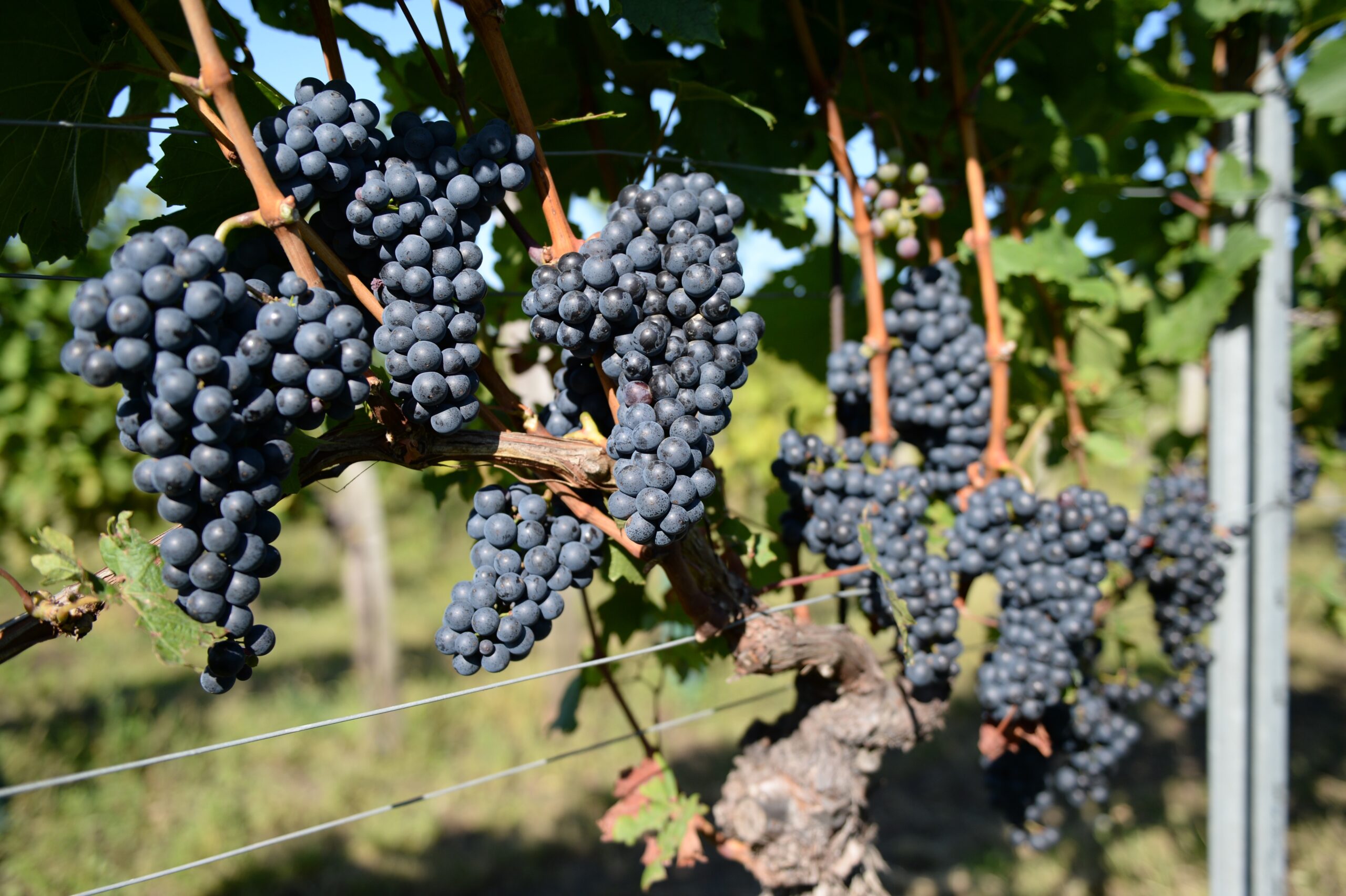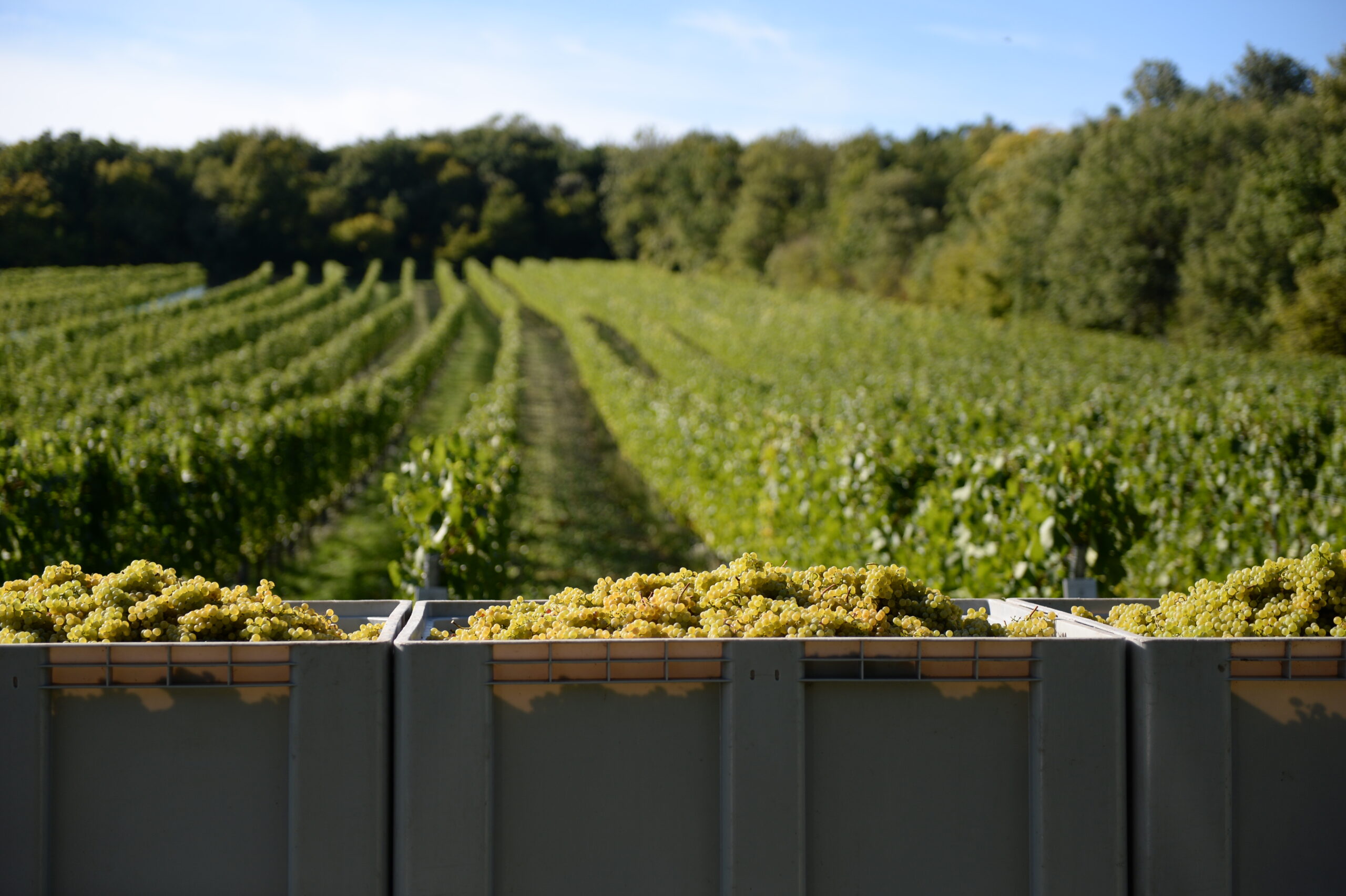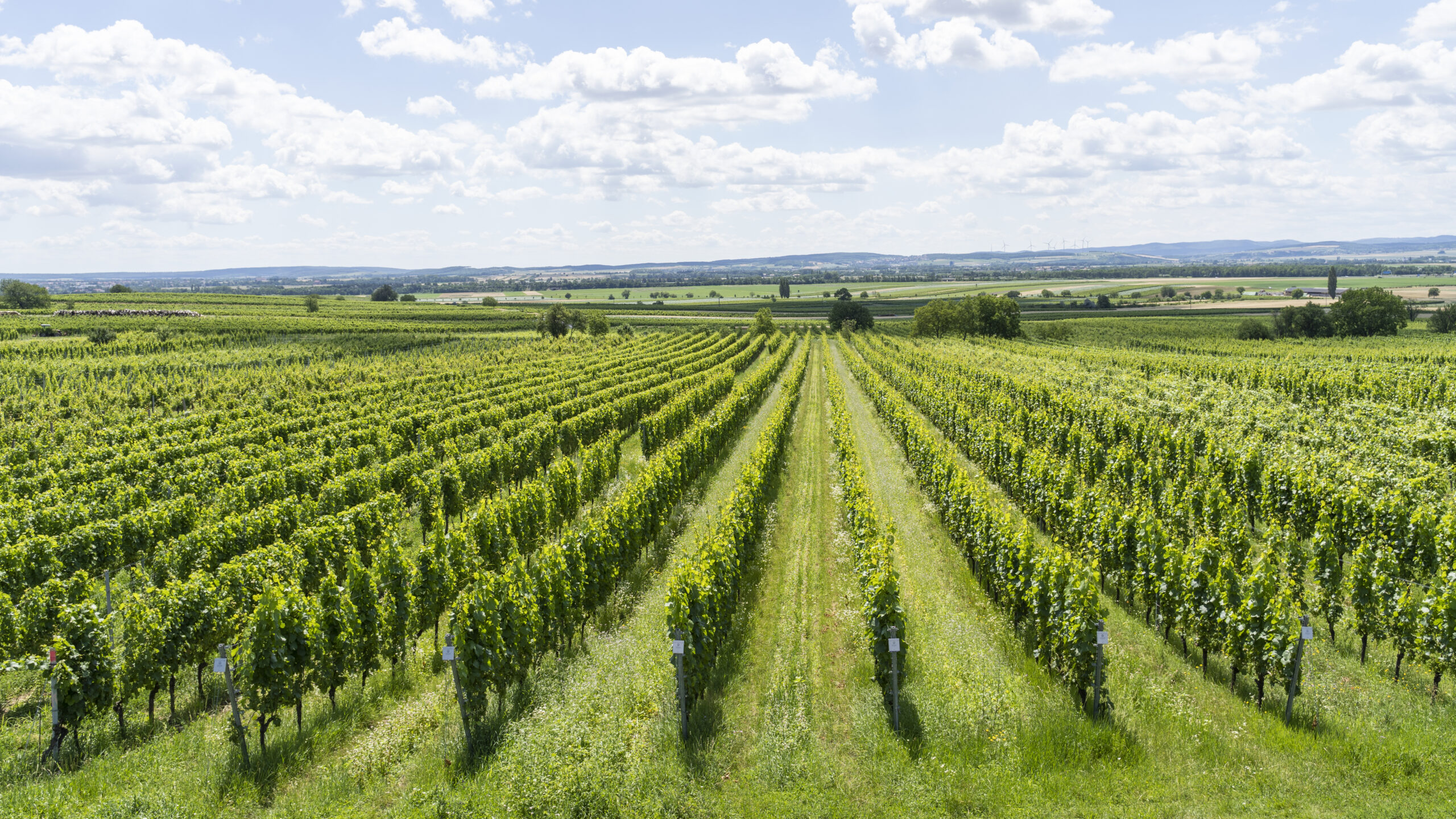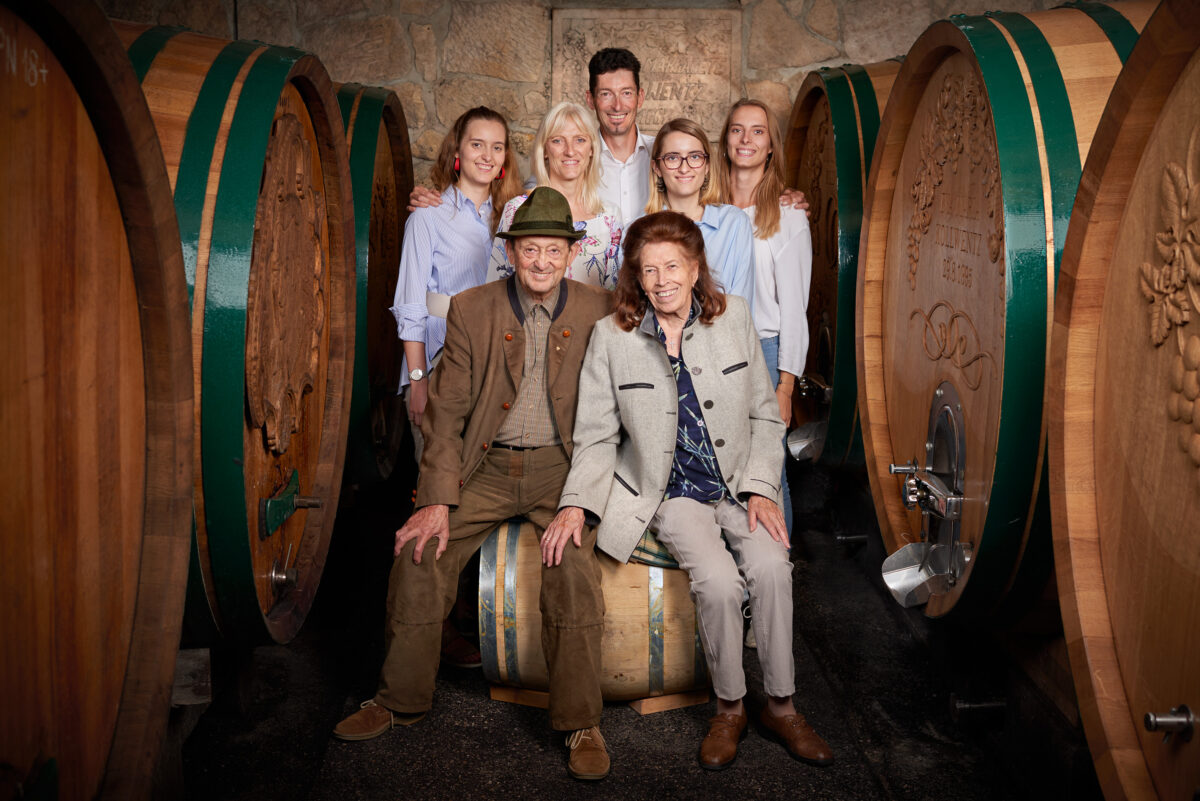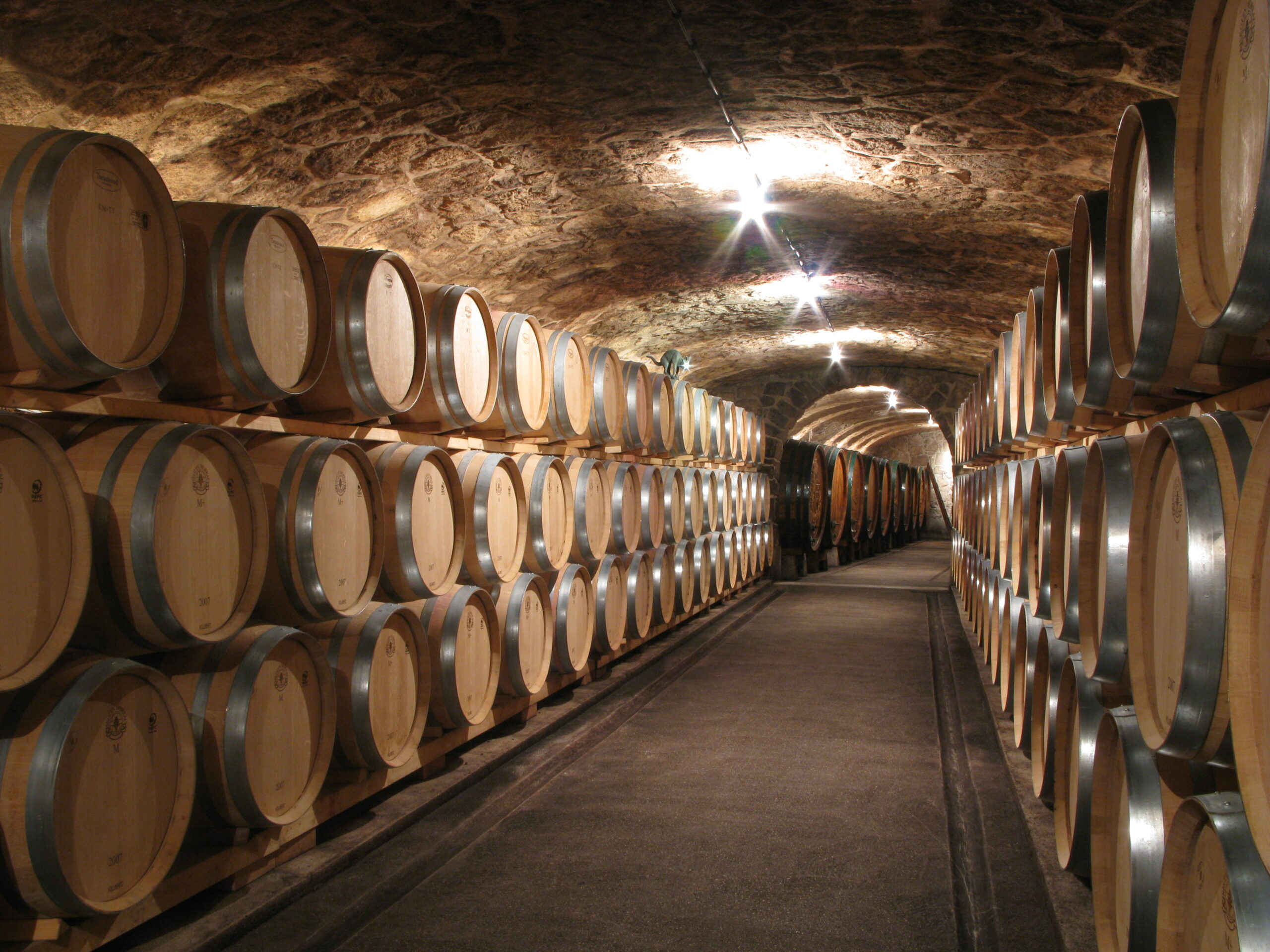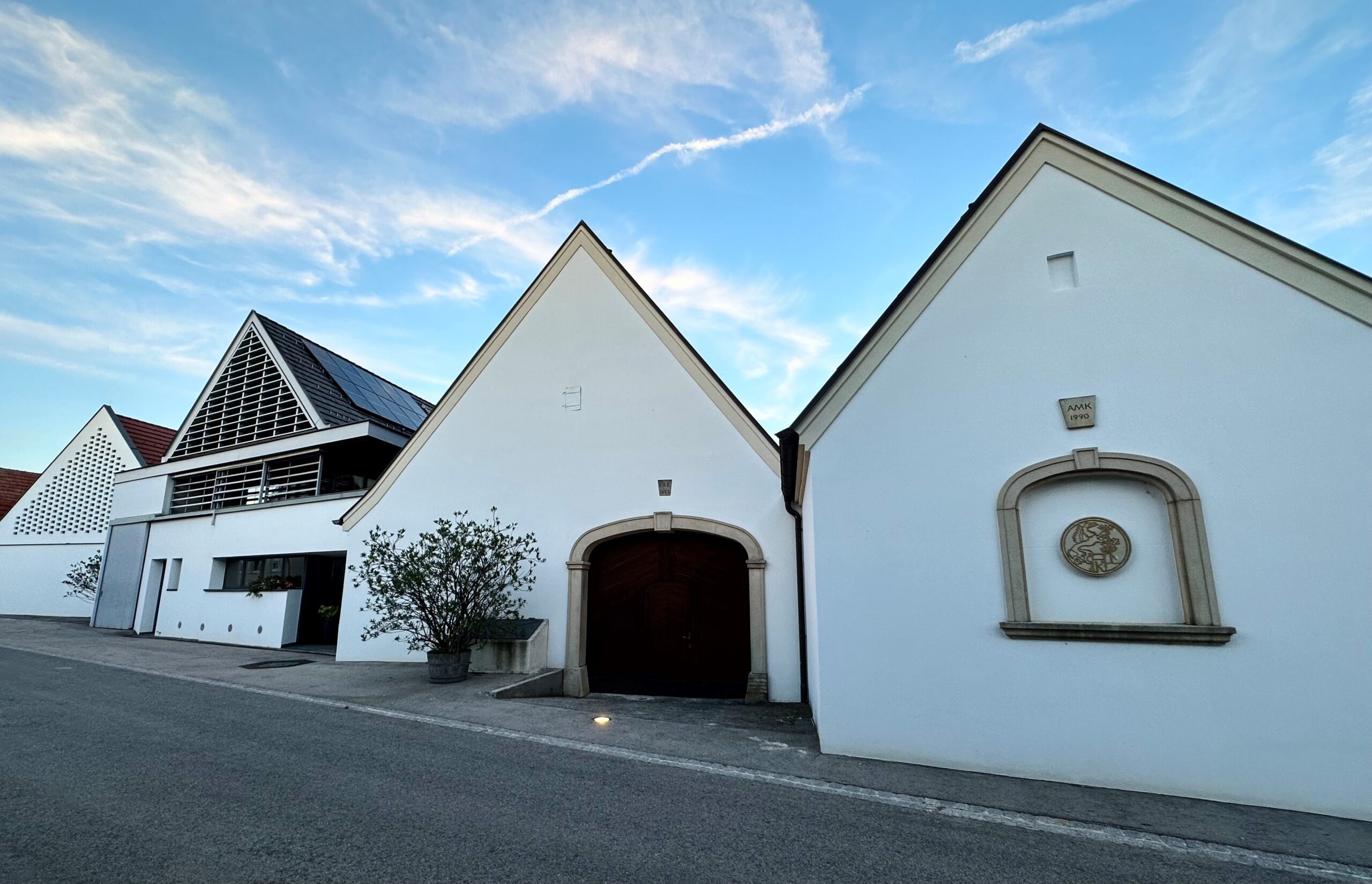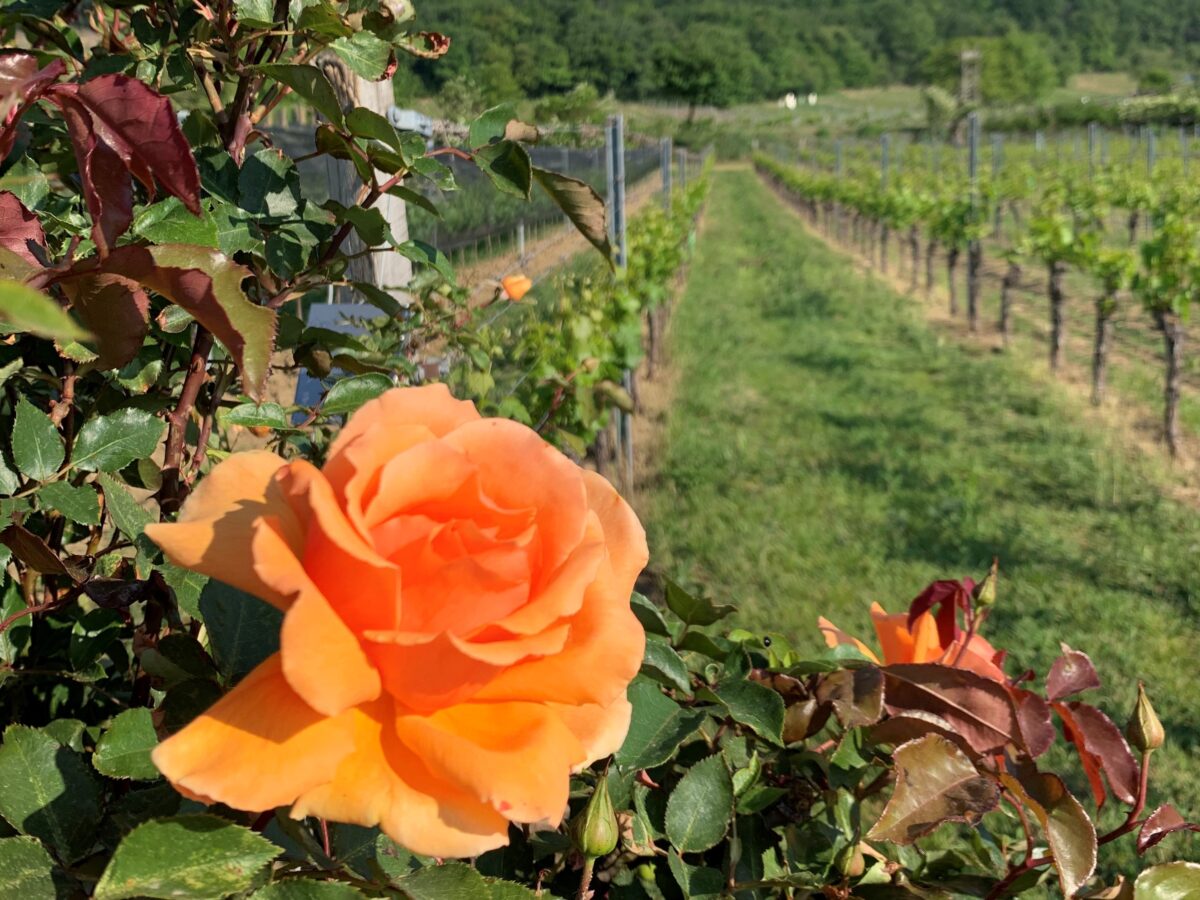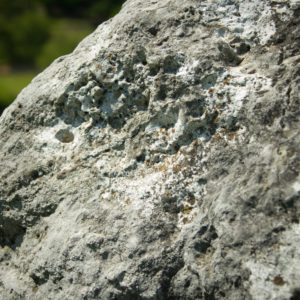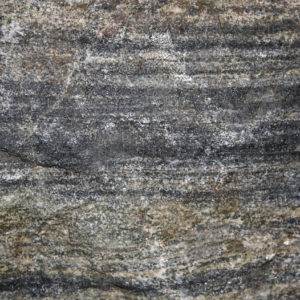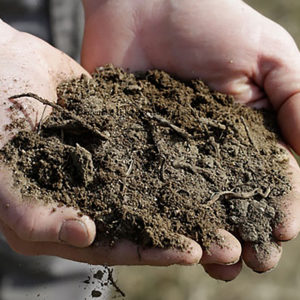“Great wines come from great fruit – which comes from great vines!” — Andreas Kollwentz
If the greater world is going to awaken to the vast and largely uncharted potential of Austria’s Burgenland for dry, complex, age-worthy table wines, it will likely be the wines of Kollwentz that sound the call. This estate oozes pedigree, from its ten generations of winegrowing continuity to its vineyards, whose written histories date back to the mid-1500s in one of the oldest wine-growing regions in the world.
At Kollwentz, though, pedigree is no crutch. The drive to maintain high standards and improve them is as engrained in the family’s sensibilities as the landscape of the Leithaberg hills is in its visual memory. As Andi Kollwentz remembers, he had little choice. “When I was only five, my father took me on his knee and told me, “You will be the next winegrower!” Andi remembers, even at that young age, accepting the charge dutifully, as if there could be no other outcome. In service of that he did a thorough five years of training at the school in Klosterneuburg and then worked at multiple estates in Bordeaux, from Graves to St. Emilion.
Under the tutelage of his father, Andi has been working full-time in the cellar since 1989 and in charge of wine production since 1993, now working closely with his daughter Christina. Meanwhile, his wife Heidi and daughter Barbara handle the office and hospitality responsibilities.
Soils & Climate
Kollwentz owns 25 hectares of prime vineyard land in the Leithaberg, one of the most venerable and historic growing regions in a country not lacking in them. Leithaberg sits on the Burgenland face of the Leitha Range, just west of the great Lake Neusiedl, a shallow body of water that plays a big role in the local climate. Vineyards close to the water live in a humid climate that promotes botrytis for the region’s celebrated sweet wines. But even vines like the Kollwenz’s far away in the hills benefit from the lake’s regulating effect—softening the cold, continental winters and buffering the heat of the Pannonian summers.
Viticulture in this area is truly ancient. Some of the earliest examples of Central European viticulture come from the Leithaberg—grape seeds from around 700 B.C. have been collected. Chardonnay, which grows exceedingly well here and is a specialty of Kollwentz, has been cultivated in the area for 900 years, with the first vines brought from Burgundy by Cistercian monks around 1150. Chardonnay terroir here begins at the 200-meter mark and rises, as the combination of altitude and the forests that cover the highest Leithaberg elevations create a cool microclimate for the white grape. Red varieties tend to exist in the band between 170 and 200 meters of elevation.
The Leithakalk vineyard is famous for its limestone soils, which vary between the shallow, extremely chalky ground in which Kollwentz grows Chardonnay to a darker calcareous soil that produces the Blaufränkisch. First mentioned in print in 1570, the Ried Katterstein vineyard stretches between 220 and 300 meters to the wooded crown of the hillside. Here many small parcels co-exist with stream beds, rocky outcroppings, and copses.
Viticulture and Winemaking
Kollwentz’s vineyards are all on trellis using vertical shoot positioning but one, which was newly planted on single posts, reflecting the way their vineyards were trained until the 1950s, when Andi’s grandfather converted wholesale to trellis. Shoot thinning occurs in spring, leaves are plucked after flowering, and clusters are thinned starting at the end of July.
Kollwentz grows cover crops between the rows to manage vigor and protect the soils. Farming is organic and sustainable: No herbicides, fungicides, or pesticides are used. In response to climate change, Andi has reduced the height of the vines’ foliage by about 20 cm and allowed the highest part of the canopy to grow thicker to shade the fruit.
While celebrating the age of the soils and pedigree of the vineyards, Andi is not someone to exalt old vines. Rather, he’s far more concerned with the vines’ health and ability to access water, regardless of age. He’s seen far too many grafted vineyards where only part of the plant is old and is skeptical that it makes much of a difference. He cites the famous 1956 freeze which decimated vineyards across Europe. A shortage of nursery stock prevented many growers in his region from replanting until 1959. The first fruit from those vines arrived in 1961, which, he notes, was the vintage of the century. So, no, he’s far more concerned with vine health than vine age.
His winemaking for Chardonnay differs between Leithakalk and Katterstein. Some lots of both wines ferment spontaneously, but not all, and the similarities end there. Leithakalk is aged and fermented in large, old casks of Austrian oak, malolactic is restricted to around 25%, and a little battonage is used. On the other hand, Reid Katterstein is fermented and aged in small French oak barrels, allowed to go through full malolactic fermentation, and lees are stirred. Sulfur dioxide is used during the winemaking and bottling process. Leithakalk will mature in cask on the lees for seven months before being bottled in April after harvest. Katterstein sees a longer elevage, maturing on the less for 12 months before going into stainless steel tanks for a six-month resting period. Therefore, bottling occurs in April of the second year after the grapes were harvested. Both wines sit only one month in bottle before release.
Kollwentz’s Blaufränkisch from the Setz vineyard grows on a southeastern facing slope at a relatively high altitude between 190m and 200m on sandy loam soils with a 20-35% limestone content. These grapes are given 3-4 weeks of skin contact and partially spontaneously fermented in stainless steel tanks. The wine ages for 24 months in small, neutral French oak barrels and is bottled the following January. It rests in bottle for eight months before release.
